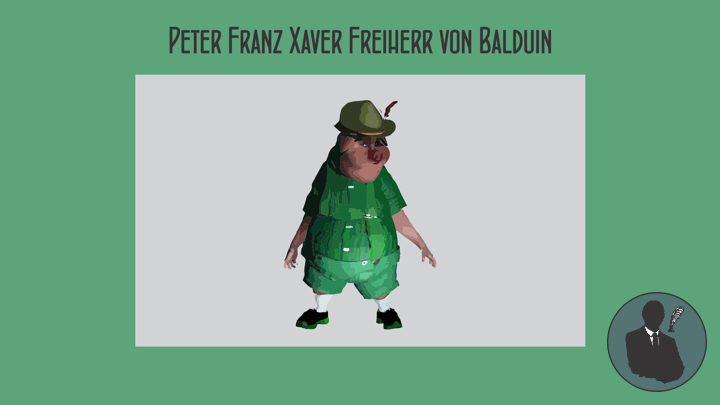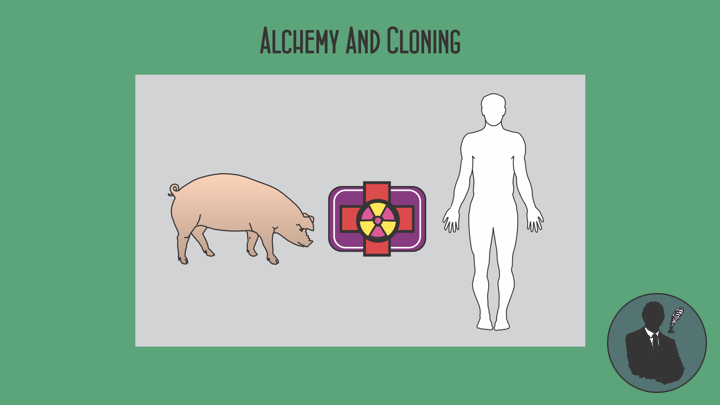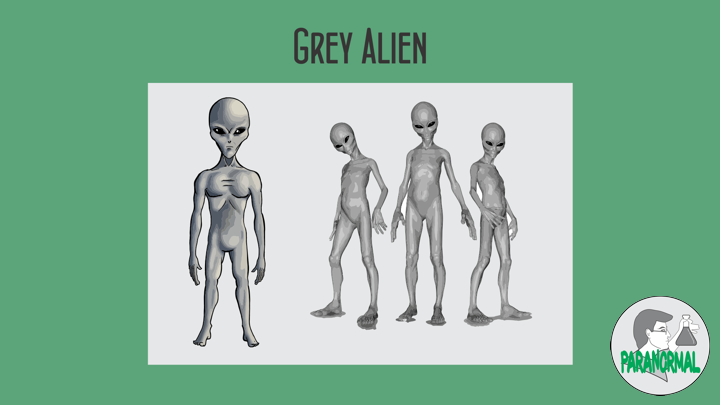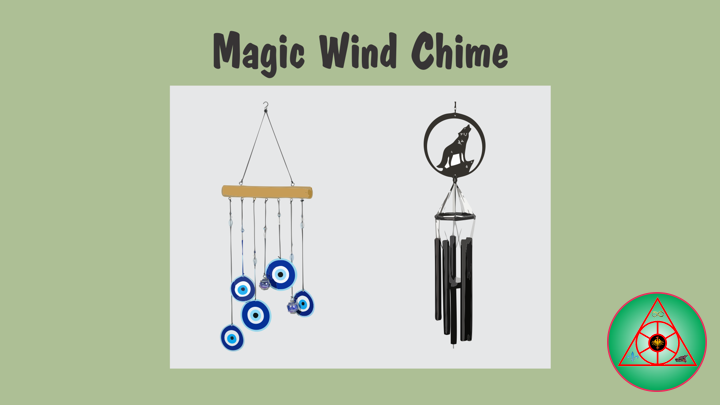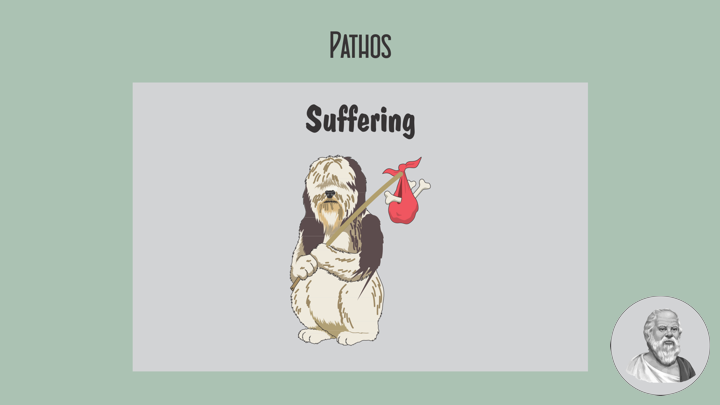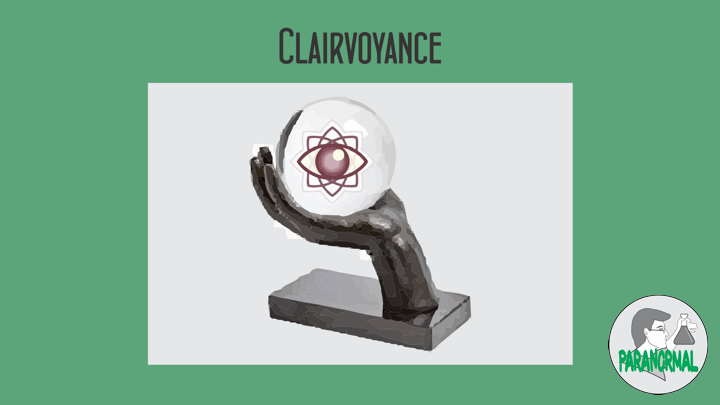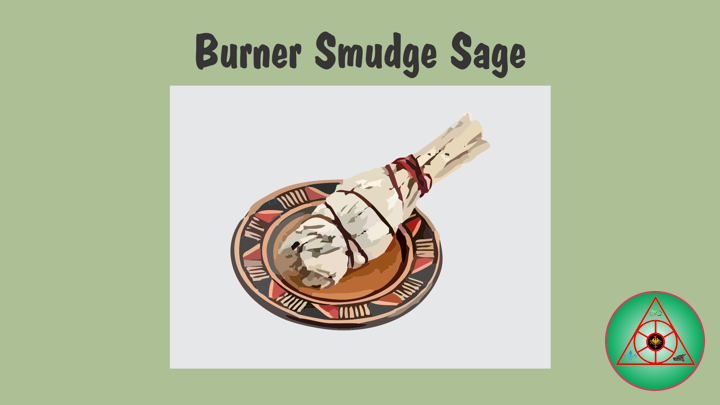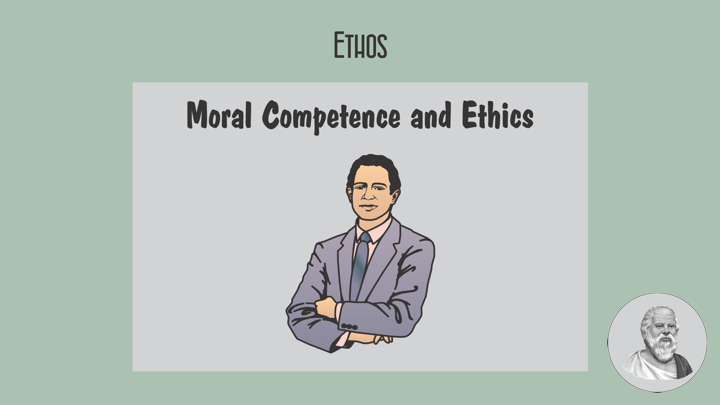——
#LudgerBedardConsultingPrivateDetective #LudgerBedard #JamesKurtnay #Distillery #Laboratory #Alchemy #Detective #Adventurer #Occult #Paranormal #Magic #Alchemy #3DAnimation
——
——
Peter Franz Xaver Freiherr von Balduin
Scientific research has proven that all things in the universe, including us, are composed of electrical, and magnetic energy alongside many other forms of energy such as gravity, and radio waves. Additionally, research has delved into understanding consciousness and has shown that there is more beyond our usual awareness – beyond what we can see with our eyes.
We are living energy fields. Our physical bodies are composed of energy producing particles, each of which is in constant motion or are vibrating. For example, our heartbeat, breathing rates, and circadian rhythms are examples of physiological energy we can feel and measure.
There are a multitude of levels of consciousness and awareness which vibrate, but there are three main levels. Ludger and James in state of contracted awareness. We are controlled by our ego conditioning and believe that the conditioned thoughts, emotions, behaviors, and patterns are what we are and that the outside world is the only true reality. We feel small, isolated and separated from the world. In this state of expanded awareness level, what appeared to be threatening or a barrier are actually opportunities. We understand that everything that seems like an obstacle has a clear purpose as lessons. We can see the beauty in most things and the blessings in life. There are state of pure awareness, there is just what is and we accept what is. We feel the wholeness and unity within creation. One knows that all is the flow of the spiritual energy and creative force and consciousness filled with an abundance of all possibilities.
Ludger and James and practitioners of various esoteric forms of spirituality refer to a variety of experiences and phenomena as being due to “Energy” or “Force” that measurement from the scientific form of energy. Ludger and James has created numerous clones of themselves, intended to succeed him successively, in the event of violent death, through a conservation and regeneration device called the duplicator machine.
Human and pig cloning. The artificial cloning of organisms, sometimes known as reproductive cloning, is often accomplished via somatic-cell nuclear transfer human and pig, a cloning method in which a viable embryo is created from a somatic cell and an egg cell. The process is applied to fertilized human and pig eggs in vitro, causing them to split into identical genetic copies of the original. The artificial creation of humans and pig by a method of growing cells from a tissue or DNA sample, the replication may be instantaneous.
Balduin
Clone: 1664 (Clonal Colony Duplicator Machine: 50 years)
- Physician (No)
- Mathematics (No)
- Astronomy (No)
- Physicist (No)
- Chemistry (No)
- Engineering (No)
- Electronic (No)
- Magic (No/Yes)
- Sidekick
- Funny language effects
- Etc…
Ludger Bedard and James Kurtnay

